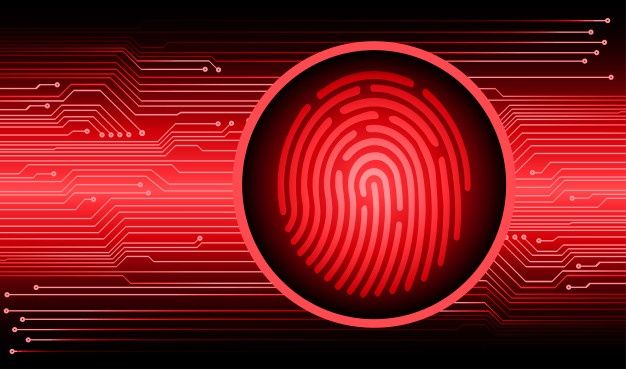In an era where digital threats evolve faster than ever, Artificial Intelligence (AI) has become one of the most powerful tools in the cybersecurity arsenal. As cybercriminals employ increasingly sophisticated tactics, traditional security systems struggle to keep up. AI, with its ability to learn, adapt, and act in real time, is transforming how organizations detect, prevent, and respond to cyberattacks.
Proactive Threat Detection
Conventional security tools rely on predefined rules and signatures to identify threats. The problem? New and unknown attacks often bypass these static systems.
AI changes the game by using machine learning algorithms that continuously analyze patterns of behavior across networks, applications, and users.
This means AI doesn’t just recognize known threats—it can detect anomalies that may indicate new or emerging attacks. For example, if an employee’s account suddenly downloads gigabytes of data at midnight, AI systems can flag that as suspicious and alert the security team instantly.
Faster and Smarter Response
Speed is everything in cybersecurity. The longer a breach goes unnoticed, the more damage it causes.
AI-driven systems can automatically respond to certain threats—isolating infected devices, blocking malicious IP addresses, or shutting down unauthorized access points—often before human analysts even realize there’s a problem.
This automation not only limits the damage but also frees up security teams to focus on complex, strategic issues instead of repetitive alerts.
Predicting Future Attacks
One of AI’s biggest advantages is its predictive capability. By analyzing massive amounts of historical data, AI can identify trends and patterns that indicate potential vulnerabilities or attack routes.
For instance, if AI observes a surge in phishing attempts targeting a particular industry, it can warn organizations to strengthen their email defenses proactively. This predictive intelligence allows companies to move from reactive defense to proactive prevention.
Reducing Human Error
Human mistakes remain one of the leading causes of data breaches—whether through weak passwords, misconfigurations, or falling for phishing scams.
AI mitigates this by providing real-time guidance and automated decision-making. For example:
-
AI can alert users before they click a suspicious link.
-
It can identify and fix security misconfigurations automatically.
-
It ensures compliance by monitoring employee behavior and system changes.
By minimizing human error, AI significantly reduces the attack surface that hackers exploit.
Enhanced Endpoint Protection
With remote work and mobile devices expanding the digital perimeter, endpoints (like laptops and smartphones) are prime targets.
AI-powered Endpoint Detection and Response (EDR) tools continuously monitor devices for unusual behavior. Instead of relying solely on virus definitions, they use behavior-based detection to spot advanced threats like fileless malware or zero-day exploits.
This ensures that even previously unknown malware strains are caught before they can compromise the system.
Strengthening Cloud Security
As more organizations move their operations to the cloud, ensuring data safety across distributed environments is critical.
AI assists by monitoring access patterns, detecting unusual data transfers, and automatically enforcing compliance policies. It also helps identify misconfigured cloud storage—one of the most common causes of data leaks today.
With AI-driven analytics, businesses can secure multi-cloud infrastructures more efficiently than ever.
Continuous Learning and Adaptation
Unlike traditional systems that need manual updates, AI learns and adapts over time. Each new threat teaches the AI models to improve their accuracy and responsiveness.
This self-learning capability means that cybersecurity frameworks become smarter every day—continuously evolving alongside the threat landscape.
Supporting Human Analysts
AI isn’t here to replace cybersecurity experts—it’s here to empower them.
By handling repetitive tasks like log analysis, alert triage, and anomaly detection, AI allows human analysts to focus on strategic decision-making and incident investigation. This human-AI partnership results in stronger, faster, and more efficient security operations.
AI is not just a technological upgrade—it’s a paradigm shift in cybersecurity. From predictive defense and rapid response to reducing human error, AI enhances every layer of protection.
As cyber threats continue to evolve, organizations that harness the power of AI will be better equipped to stay one step ahead of attackers. The future of cybersecurity lies in this synergy between human intelligence and artificial intelligence—a partnership that promises to make the digital world safer for everyone.
